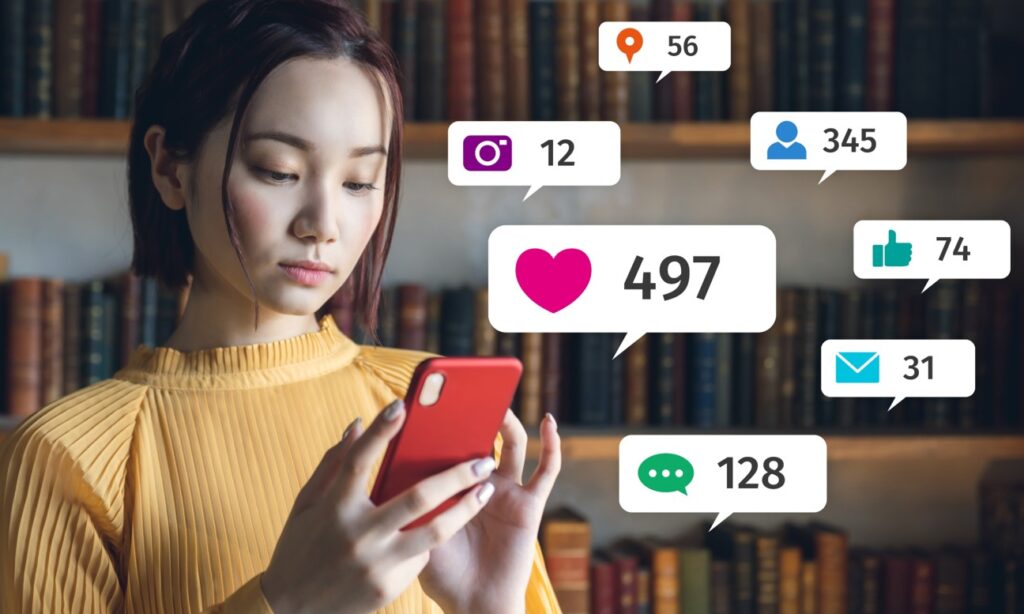Geofencing: Communicating With Staff In A Crisis
Every business leader knows, especially in the wake of the pandemic, that communicating with urgency and transparency in a crisis is absolutely essential. Not only does it help staff to adjust quickly to immense and rapid change, but it also demonstrates an employer fulfilling its duty of care to the safety of employees.
The outbreak of COVID-19 was, and remains, a global issue, but what if the crisis or disaster is geographically limited? A natural disaster or a terror attack for instance. A company needs to be able to identify the staff that are in that area and communicate with them directly and instantly. This is where technology with geofencing capabilities has a crucial role to play in ensuring immediate, targeted communications are delivered in a crisis.
What is geofencing and how does it work?
Put simply, a geofence is a ‘virtual perimeter’ for an actual geographical location and the use of a geofence is called geofencing. It is a location based service where an app or software programme uses cellular data, Wi-Fi, GPS or radio frequency identification (RFID) to track and contact a mobile device in a certain virtual geographic boundary – known as a geofence.
Geofencing can be used to send messages in a variety of ways; with push notifications, text messages, alerts or targeted marketing messages on social media being the most common. The technology has been available for more than ten years and was initially adopted by cattle farmers who used it to notify them if their herd strayed from their designated grazing area.
A geofence can be determined in any way to suit the user’s needs, so a company could set up a geofence to cover one specific location or various locations depending on the purpose. Messages can then be sent to receptive devices in that location. Based on the criteria set by the user, a geofence can therefore change, shrink or grow, so if an organisation is using geofencing to communicate in a disaster situation, it can change the perimeters in real time to hone in on the staff most at risk as the disaster unfolds.
There are two types; an active and a passive geofence. The active geofence depends on the end-user allowing location services to be switched on whilst the passive geofence stays on all the time, working in the background when the location on a smartphone (for instance) is switched on.

What is geofencing used for?
There is a huge amount of potential for businesses to use geofencing to improve employee safety.
It can be used to set up danger zones, for example in a factory where certain forms of PPE are required to be worn. Geofencing this location can send a push notification reminder to a user’s smartphone to put on the PPE before entering, helping to control the risk and reduce injuries.
Geofences can also be used for communicating with staff in a crisis, where other means of communication may not be as targeted – or reliable. The Peoplesafe Alert solution uses geofencing to get instant, vital messages out to employees based on their location.
Unlike social media alerts which are blocked from devices set to ‘do not disturb’, Peoplesafe Alert will override these settings to make sure important information is delivered and will continue to be sent until the recipient has acknowledged receipt or completed the required response.
It can be integrated with fire, security, building management and Security Information and Event Management (SIEM) systems, to make sure the right people are alerted when there’s a problem.
The app used by employees is available in all countries around the world, meaning that messages can be targeted via country if required – and translated into the recipient’s native language.
When will companies use geofencing for employee safety?
There are a number of different scenarios where being able to locate and communicate with employees in a specific location would be crucial.
For instance, during a natural disaster such as an earthquake, flood or hurricane. An employer will be able to contact staff who are in the area, urging them to retreat to the nearest place of safety and offering encouragement and support. Geofencing will also enable employers to see who else is nearby which would be useful both to alert them to steer clear of the situation as well as engaging with them to offer assistance such as a place of refuge should it be required.
We have been no strangers to lockdowns in recent times, usually as a nation but there have also been regional lockdowns due to the COVID-19 pandemic. Locating employees based in the area (or country) that has a lockdown imposed and communicating directly with them using a system that overrides other, ‘noisier’ platforms such as WhatsApp and Facebook can be invaluable, providing reassurance to the employee whilst also safeguarding business continuity.
Another situation where geofencing has the potential to save lives is during a terror attack. As the attack unfolds in real time, locating employees in the area to alert them to the incident and guide them to safety, as well as confirm that they are in fact safe is invaluable – not just as a business but also as a duty of care on behalf of their loved ones.
These are just some of the situations where a business could find a targeted mass notification platform such as Peoplesafe Alert invaluable.
Disaster recovery: how geofencing can help?
In the aftermath of any disaster or crisis, there is a lot to absorb, process and learn from. A company will be judged for its response at the time as well as how it operates afterwards.
Having a robust disaster recovery plan is essential to minimising the disruption, damage and economic impact of the interruption. As well as having trained personnel to handle the situation, communicating with the company as a whole as well as those directly affected is essential.
The difference is that the messages a company may want to communicate to the entire workforce will vary from what they want to say to those affected. Geofencing can ensure that those affected by the disaster know that their employer is keeping an eye on them, offering support and guidance.
Find out more
If you would like to discover more about how to communicate with employees during a crisis, no matter where on the globe they are (or you are), details of the Peoplesafe Alert app can be found on our product page, where you will also find answers to our most frequently asked questions. Alternatively, you can book a free consultation with one of our employee safety experts.




